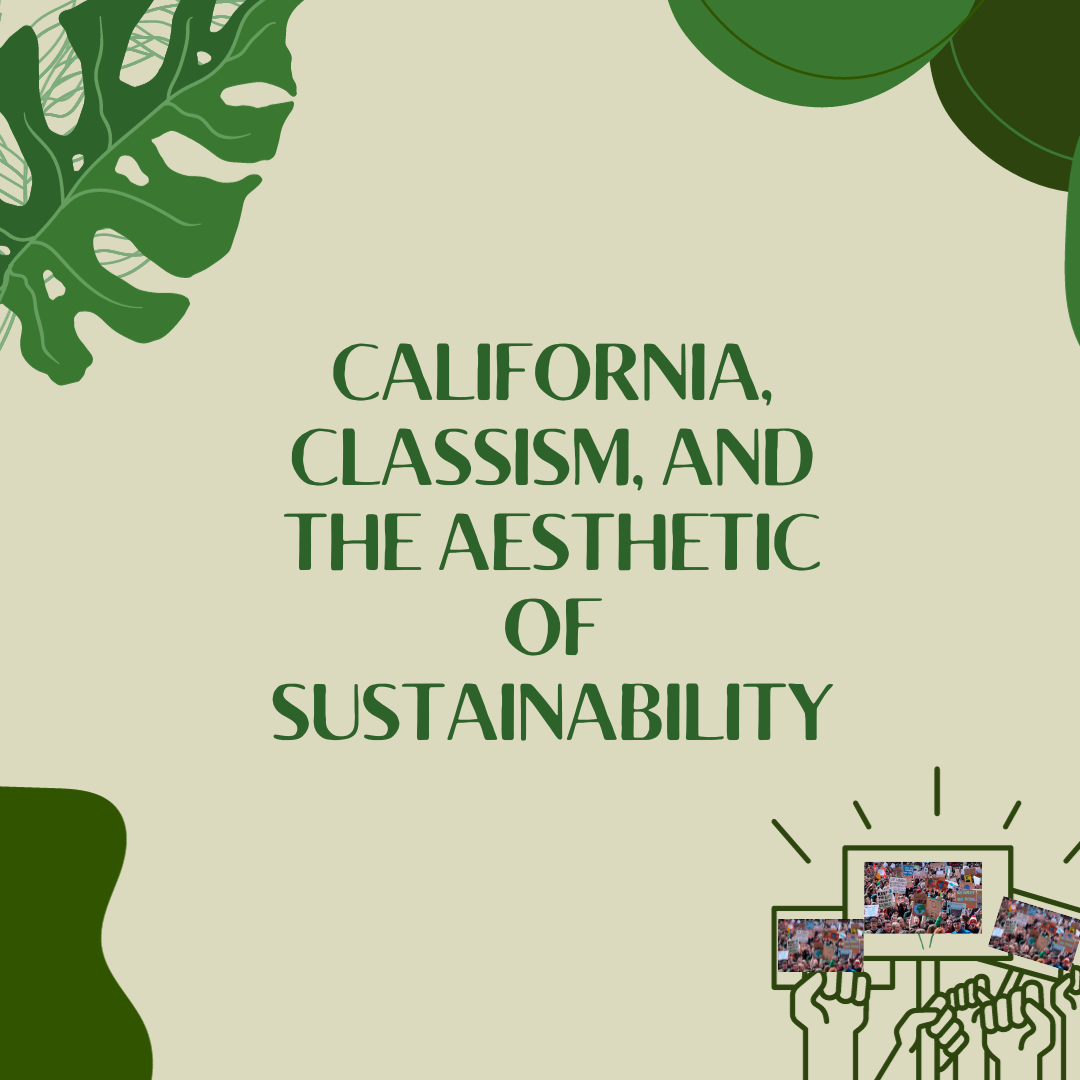Climate change is a problem that impacts all Californians. However, some people will bear the brunt of this crisis more than others. Many green policies are indicative of this reality, made with only white, upper class people in mind. This partly occurs as a result of California’s history of redlining, a racist housing practice that placed minorities in neighborhoods and areas with significantly lower standards of living. The systemic issues that occurred as a result of redlining still influence many areas of California policy, such as sustainability policies. According to research published in the journal Nature Sustainability, “California’s environmental regulations as a whole preferentially protect white, non-Hispanic people within the state from exposure to air pollution.” Evidently, historic failures to grant minorities an equal quality of life has caused sustainability policies in California to neglect protecting minorities in the process of fighting the climate crisis.
Firstly, discriminatory housing practices in California impact many green policy choices. For context, redlining in California started after the Great Depression, when the federal government would help home buyers pay for their homes. However, the areas often marked as undesirable due to the likelihood of people defaulting on loans were often neighborhoods where low-income people of color resided. Even in contemporary society, where someone lives is often indicative of the quality of their environment. For example, research from the science journal International Journal of Environmental Research and Public Health used mathematical models and software to study populations in Los Angeles and concluded that Chicano populations often live in areas that have more concentrated pollution.
Additionally, major industrial companies get to act with total impunity as their impact ravages lower-income communities. For example, California’s Department of Toxic Substances Control inspected Phibrotech, a company located in a lower income area in Los Angeles County called Los Nietos. They concluded that this company had, “leaked containers, cracked containment barriers, and … poorly maintained wells” that likely let toxic waste seep into the environment, including a cancer-causing chemical named hexavalent chromium. Despite the disastrous impact that this company has had on the community of Los Nietos, they still get to operate there. Esther Rojo, a resident who lives in this area remarked, that “We are not rich people… So they put all of them over in this area, and we don’t know what to do.” Furthermore, little legislation has addressed the issues of exclusionary environmental policies. In 2015, a state law was proposed to require that regulators have to assess the overall impact on communities when allowing certain decisions, but it never got passed.
To reiterate, California’s historically racist housing policies still negatively impact the environments of lower-income people. Someone’s quality of life as a Californian citizen shouldn’t be determined solely based on where they live, as quality of life is a universal right. Furthermore, a company’s wealth shouldn’t determine whether or not it is held accountable for its actions.
Ultimately, sustainability and environmental justice can not exist without inclusion. Justice without inclusion simply aestheticizes true change, rather than creating it.
